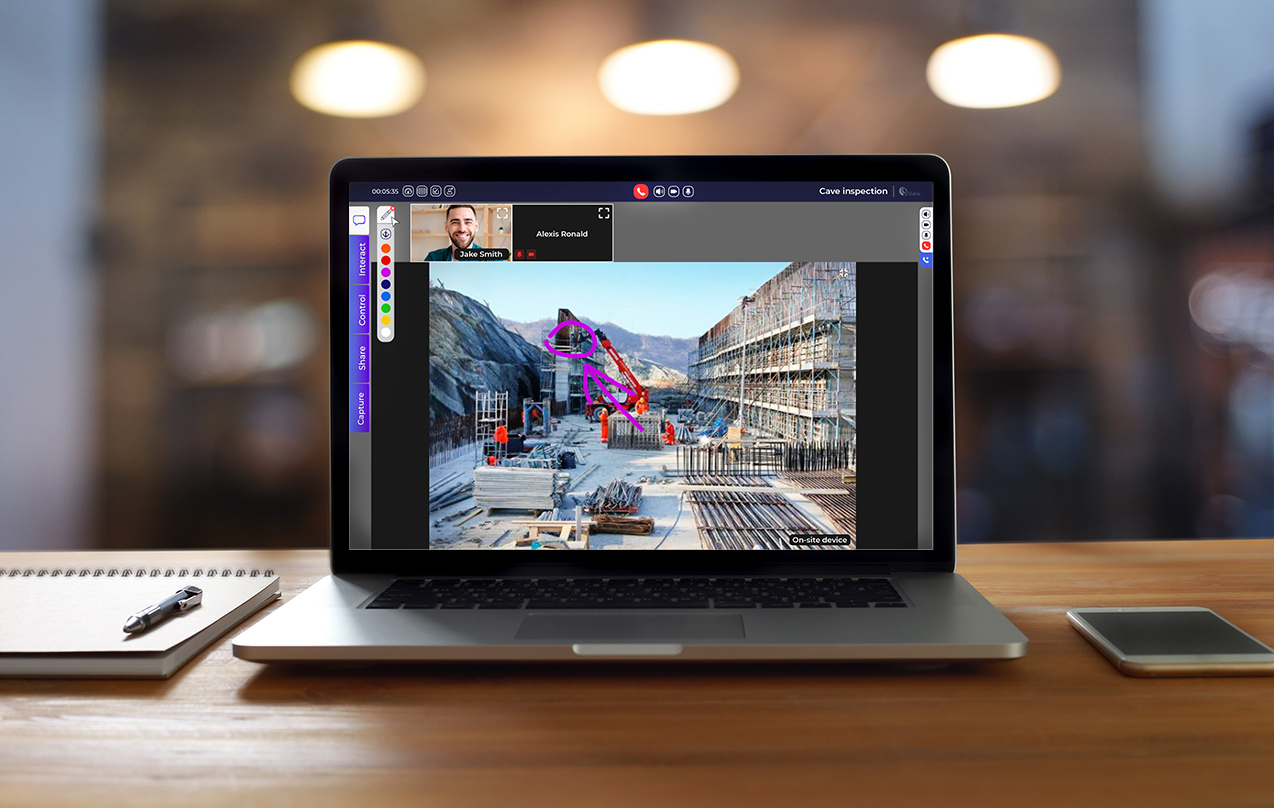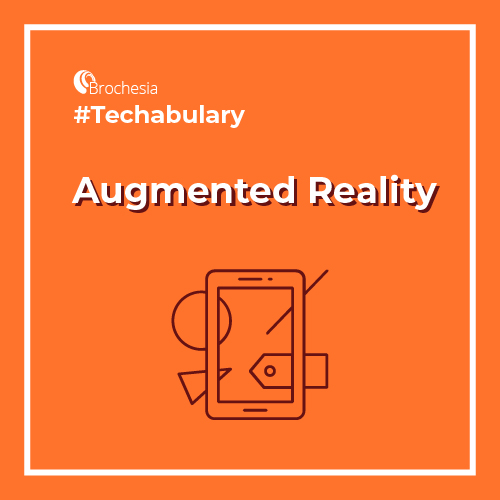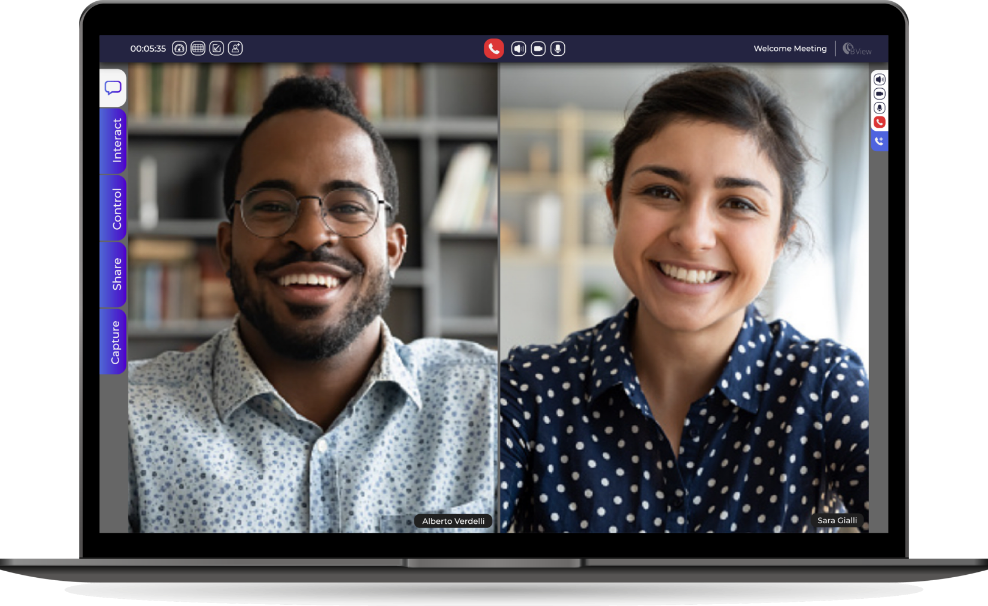Augmented Reality (AR) is on the verge of becoming a part of everyday life: it is a technology that lets people superimpose digital content in the form of text, graphics, audio and other virtual enhancements over a real-world environment.
It is exactly what sounds like: reality, enhanced with interactive digital components. It is this “real world” element that differentiates AR from virtual reality. Augmented Reality integrates and adds value to the user’s interaction with the real world, versus a simulation. The most commonly used AR applications these days rely on smartphones to showcase the digitally augmented world: users can activate a smartphone’s camera, view the real world around them on the screen, and rely on an AR application to enhance that world in any number of ways via digital overlays. It is also possible to use wearable device such as viewers or Smart Glasses.
Augmented Reality also allows to project, through the viewer or the Smart Glasses, any graphics to enrich reality (arrows, indications, texts, three-dimensional models of overlapping parts to the real ones, etc.) in such a way as to collide perfectly in the eye-scene system and provide the indications ‘stuck’ to the position to which they refer independently, within certain limits, from the observation point.
What is Augmented Reality used for these days? In 2020, nearly every industry has found ways to apply AR technology to improve processes and outcomes. In particular, an IDC Tracker’s research predicts that worldwide spending on augmented reality (AR) and virtual reality (VR) will reach $160 billion in 2023, up significantly from their $16.8 billion forecast for 2019. Common uses include training and education, entertainment, gaming, and selling, but the benefits of AR are only continuing to expand to new sectors, such as healthcare, industrial production, automotive, telecommunications, and security.
This technology is specifically applied to all those situations in which it is necessary a manual support, contextual to the operations carried out, in which indications must be provided at the appropriate place and time.

Sources: Treccani | Gartner | Enterprisers Project | Threekit | IDC Tracker





